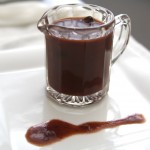Last Updated on August 5, 2024 by Karen
Explore the rich flavors and unique characteristics that distinguish Shiraz and Cabernet Sauvignon, two titans of the red wine world.
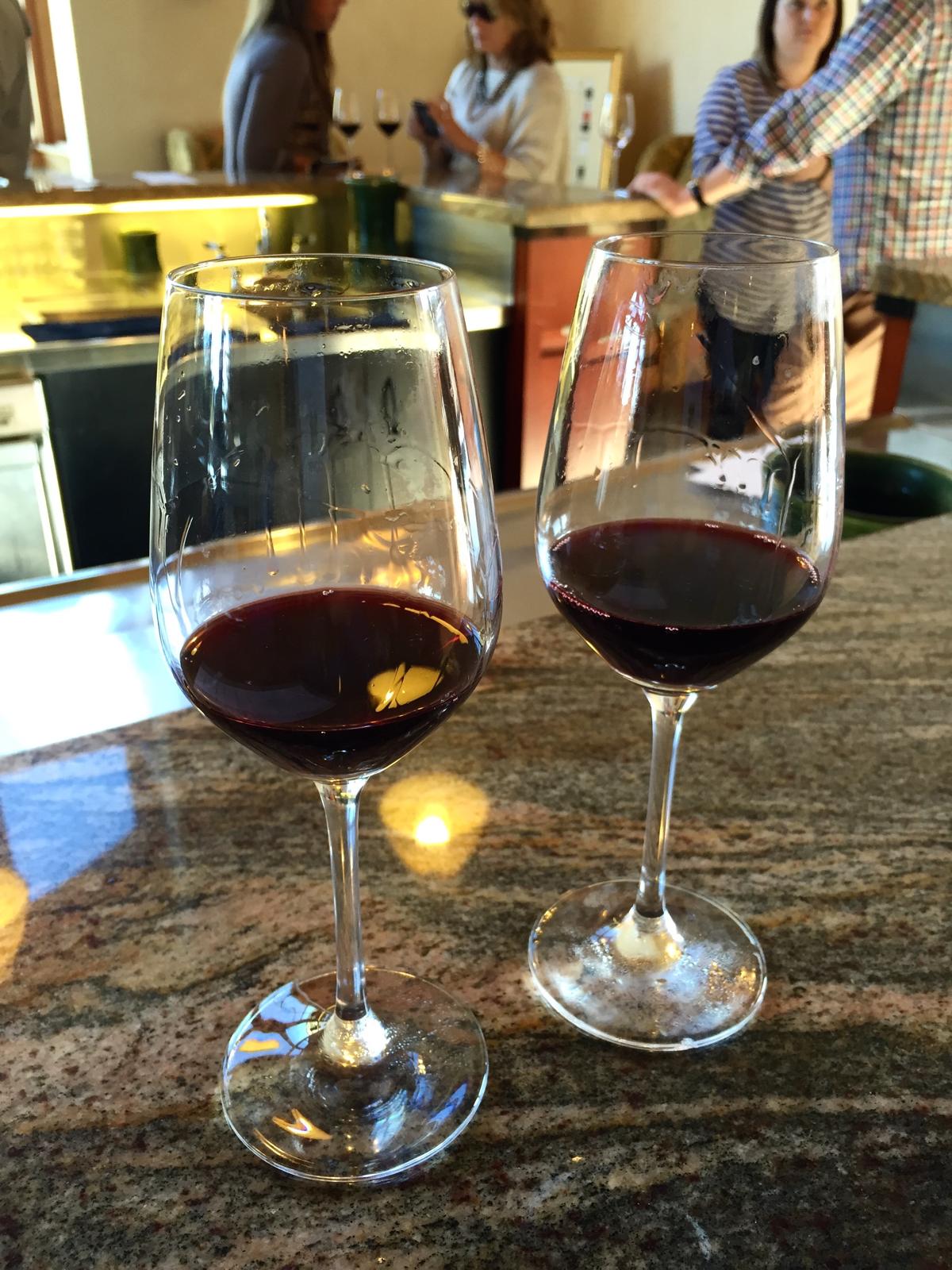
When it comes to the type of wine, the choice between white wines and red wines can be a deeply personal one, influenced by taste preferences, dining habits, and even the occasion. Personally, my preference often sways toward red wine, with its rich, robust flavors and complex profiles that seem to offer a new discovery in every bottle. The depth and character of reds like Cabernet Sauvignon or Shiraz, popular amongst tannic wines with their intense fruit flavors and bold tannins, provide a sensory experience that’s both satisfying and intriguing.
Some red wine posts you’ll love:
Porcini Mushroom Red Wine Reduction
Wine Tasting in Napa and Sonoma
Exploring the Origins of Two Type of Red Wine: Shiraz and Cabernet Sauvignon
The world of red wine is vast and varied, with a spectrum of grape varieties each offering a unique experience for the palate. Among the most renowned are Shiraz and Cabernet Sauvignon, each with a rich history. Shiraz, also known as Syrah in parts of the world like France’s Rhône Valley, is believed to have originated in the Middle East before becoming a staple in regions like Australia’s Barossa Valley and Clare Valley. The name Shiraz became synonymous with the deep, peppery wines of Australian vineyards. Shiraz grapes are known for their intense fruit flavors and full-bodied characteristics.
On the other hand, Cabernet Sauvignon finds its roots in the Bordeaux region of France, where it is often a key component in Bordeaux blends. It’s a natural cross between Cabernet Franc and Sauvignon Blanc, resulting in a grape that flourishes in a variety of climates, from the hot Napa Valley in the United States to the cooler climates of Washington State and South America. The Cabernet Sauvignon grape has a propensity for producing full bodied wine with high tannins and acidity, making it a popular red wine choice worldwide. Australian Cabernet Sauvignon is also gaining recognition on the world stage.

Characteristics and Flavor Profiles: What Sets Them Apart
The major differences between Shiraz and Cabernet Sauvignon can be tasted in their flavor profiles and experienced through their different structures. Shiraz is often recognized for its intense fruit flavors, including dark fruits like black cherries from the Barossa Valley or black olive nuances from the Clare Valley. The full-bodied wine has high alcohol levels, and a signature peppery spice, often with notes of black pepper and sometimes even a hint of chocolate or wild game. Australian wines like Shiraz showcase these characteristics prominently, making them a great choice for those who enjoy a flavorsome wine.
Cabernet Sauvignon, in contrast, is a robust red wine known for its deep purple color and intense hues. It boasts a complex bouquet of flavors, ranging from black fruit to red fruits, often with a backbone of oak from aging in oak barrels. The high acidity and tannic nature of Cabernet make it one of the more acidic wines, suitable for aging and evolving over time. This grape variety, especially in the form of varietal wine or part of Bordeaux blends, is associated with flavors of blackcurrant, green leaves, and sometimes even green pepper or tobacco. On the New World wine stage, Cabernet Sauvignon—often referred to as Cab Sav—has established a significant presence.
Ideal Food Pairings for Shiraz and Cabernet
The full-bodied nature of both Shiraz and Cabernet Sauvignon makes them excellent companions to a variety of food pairings, particularly those involving red meat. A classic Australian Shiraz, with its high alcohol levels and bold flavors, pairs splendidly with barbecued meats or dishes that can stand up to its intense fruit flavors and peppery undertones. The Shiraz grape delivers flavorful wines that complement the richness of wild game or a succulent steak.
Cabernet Sauvignon’s structure and tannic profile make it a great choice for fattier meats, as the tannins help to cut through the richness of the dish. Bordeaux blends or a varietal Cabernet from regions like Napa Valley or Margaret River are often matched with lamb, beef, or even a hearty stew. The dark fruit notes and potential hints of black olive or black pepper from Cabernet Sauvignon enhance the flavors of the food, creating a harmonious dining experience. Cabernet Shiraz blends are also a great option, combining the best aspects of both varietals.

Growing Regions and Climate Impact on Taste
The terroir—a term that encapsulates the environment in which a grape is grown—dramatically influences the final result of the wine. Shiraz thrives in warm climates, such as those found in South Australia’s McLaren Vale, Barossa Valley, and Hunter Valley. These wine regions contribute to the grape’s ability to develop ripe, juicy flavors and a full body. The Shiraz grape, with its thick skin and distinctive Shiraz leaves, is well-suited to the hot climates, yielding wines that are as robust as the regions they come from.
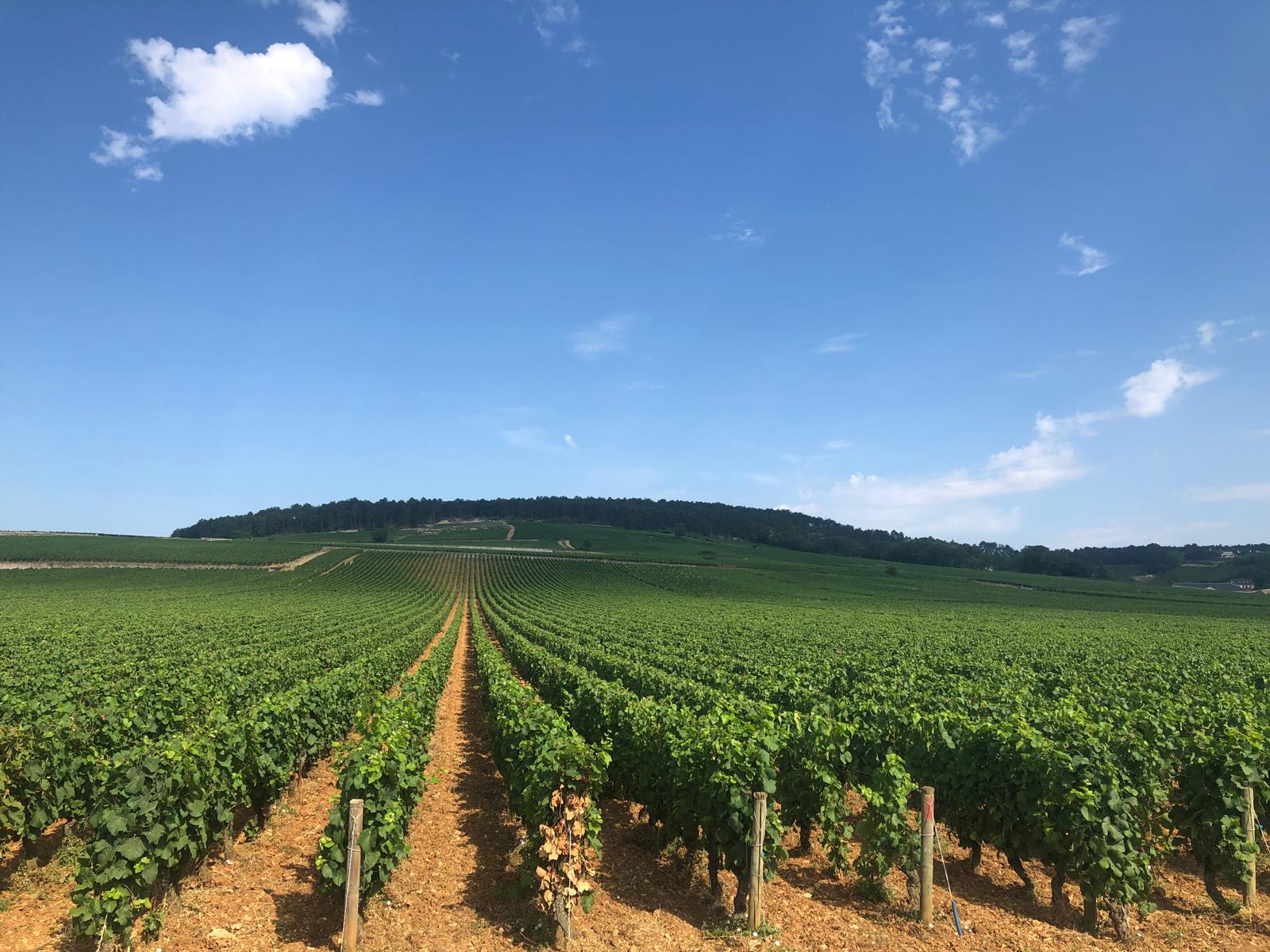
Cabernet Sauvignon, while adaptable, often finds its best expression in places with a balance of warm and cooler climates, allowing for a slow ripening that fosters complexity. The Bordeaux region of France, California’s Napa Valley, and the cooler parts of South Australia, such as Langhorne Creek and Margaret River, are known for producing Cabernet Sauvignon wines with great complexity. The size of the grapes, smaller than that of Shiraz, and the Cabernet Sauvignon leaves that turn a beautiful autumnal color, all contribute to the concentrated flavors and aromas the wines are known for. Australian winemakers have made significant strides in refining these characteristics.
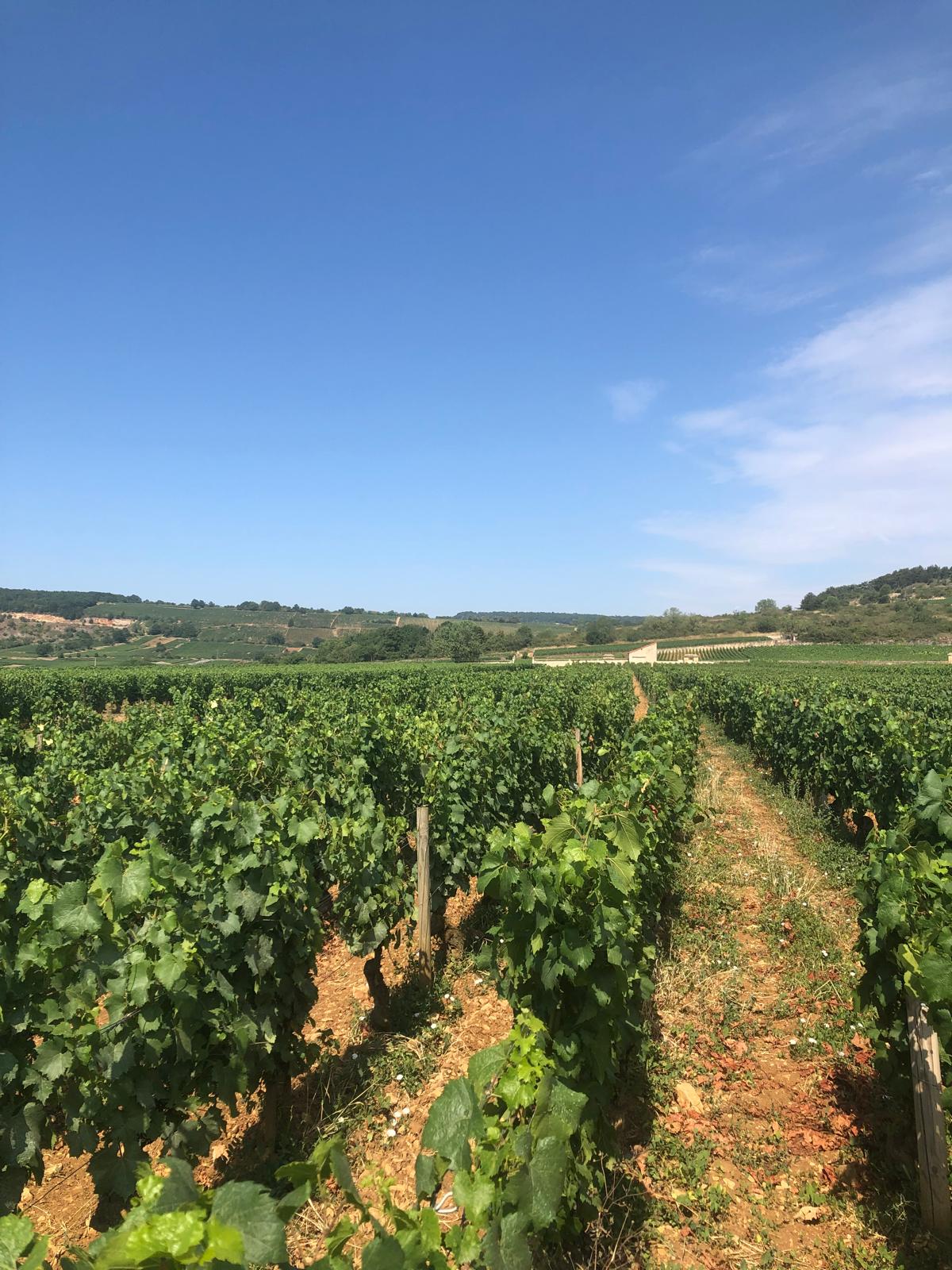
Choosing Between Shiraz and Cabernet: Tips for Wine Lovers
Deciding whether to pour a glass of Shiraz or Cabernet Sauvignon may come down to personal preference, food pairings, or even the mood of the evening. Wine lovers seeking a full-bodied red wine with a bold, spicy kick might lean towards a Shiraz, especially an Australian Shiraz known for its full body and ripe, intense flavors. Shiraz Cabernet blends, such as those from McLaren Vale, offer a middle ground, bringing together the best of both worlds.
Those who prefer a more tannic wine, with the potential for aging and developing complex flavors over time, might find Cabernet Sauvignon to be a good choice. The varietal’s popularity ensures a wide price range, making it accessible for casual evenings or special occasions. In blind tasting settings, the high tannins and distinctive profile of Cabernet can make it a standout. For those who enjoy exploring different types of red wines, including popular options like Pinot Noir or Merlot grape wine, or even more niche varieties like Mondeuse Blanche or Petit Verdot, there is always something new to discover. The health benefits of moderate wine consumption add a good reason to savor these wines thoughtfully.
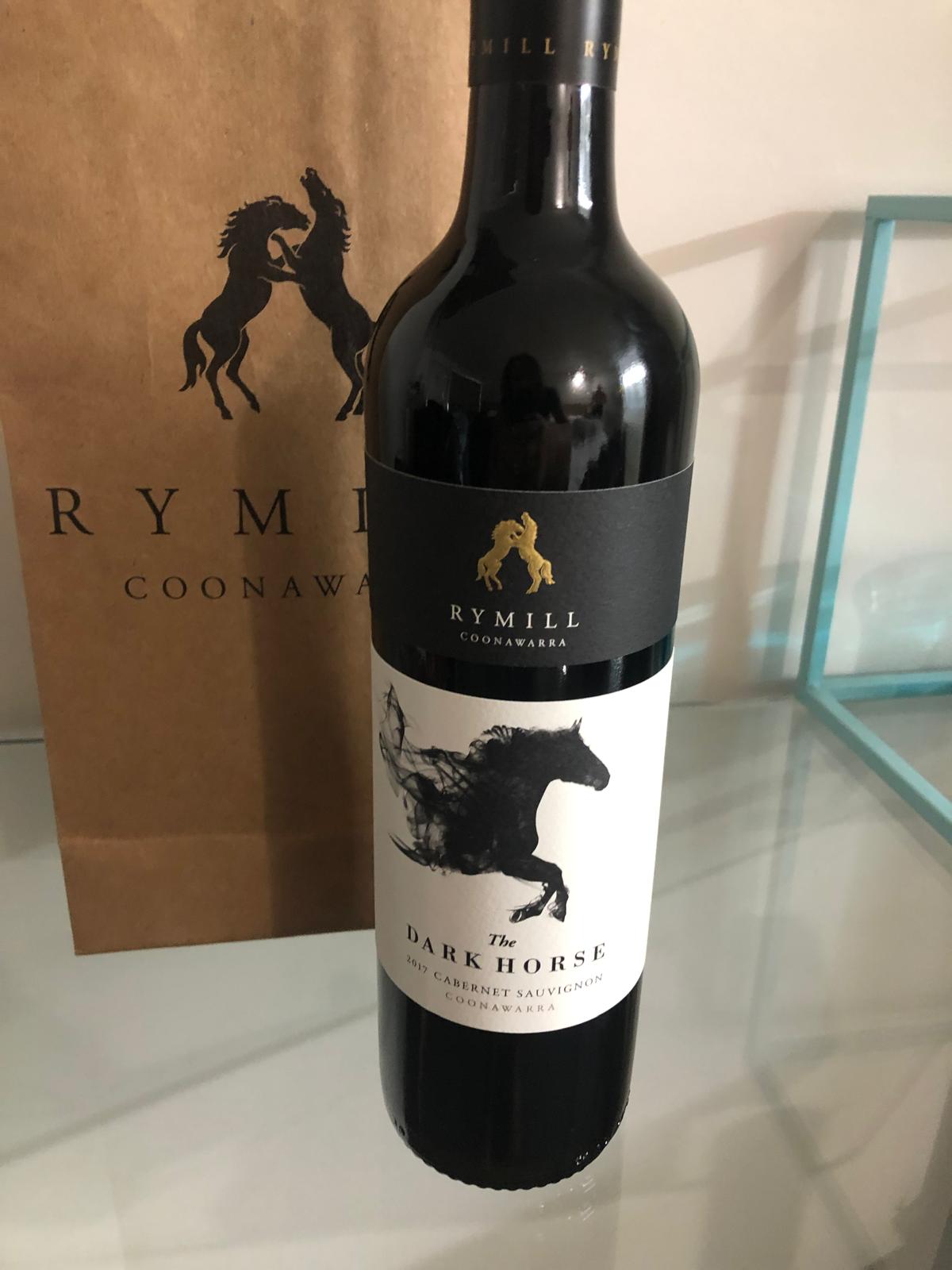
Whether it be Cabernet Sauvignon, Shiraz, or their blends, red wines can be super diverse and exciting. Cheers to discovering your next favorite bottle!


